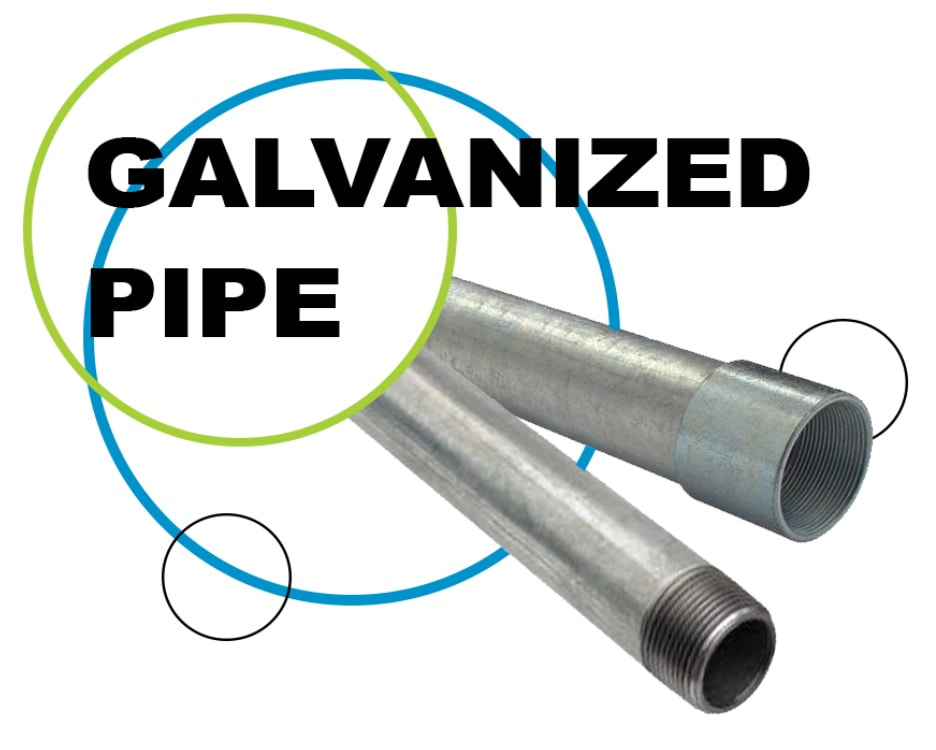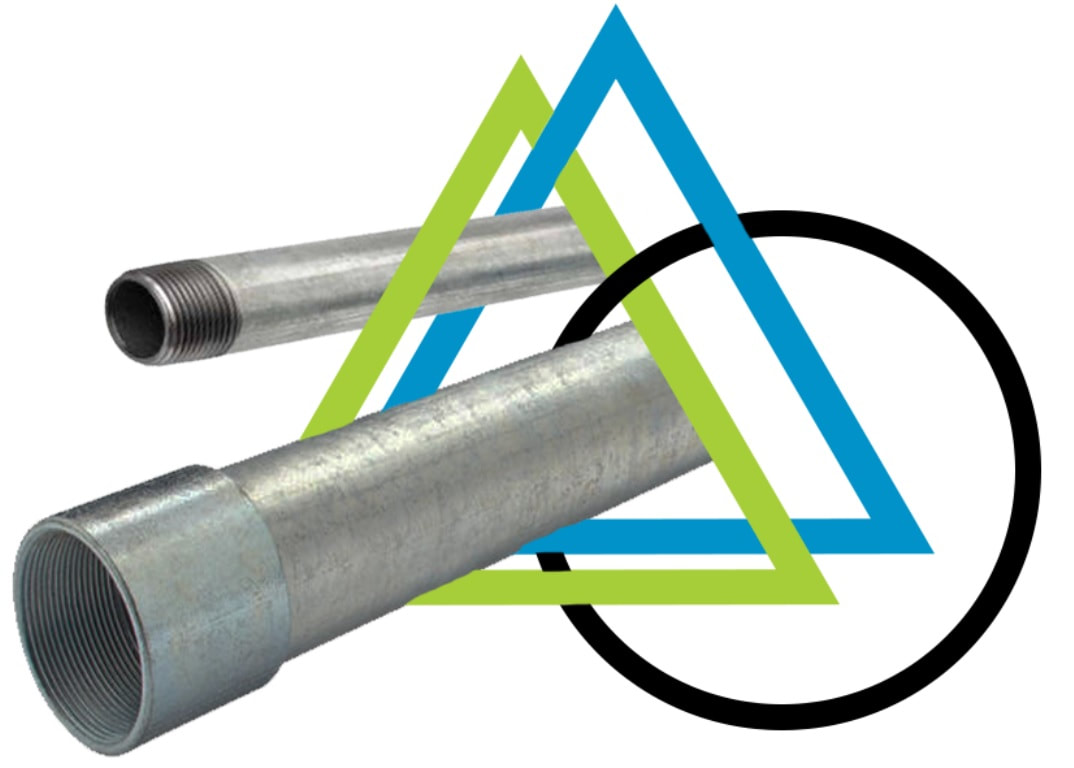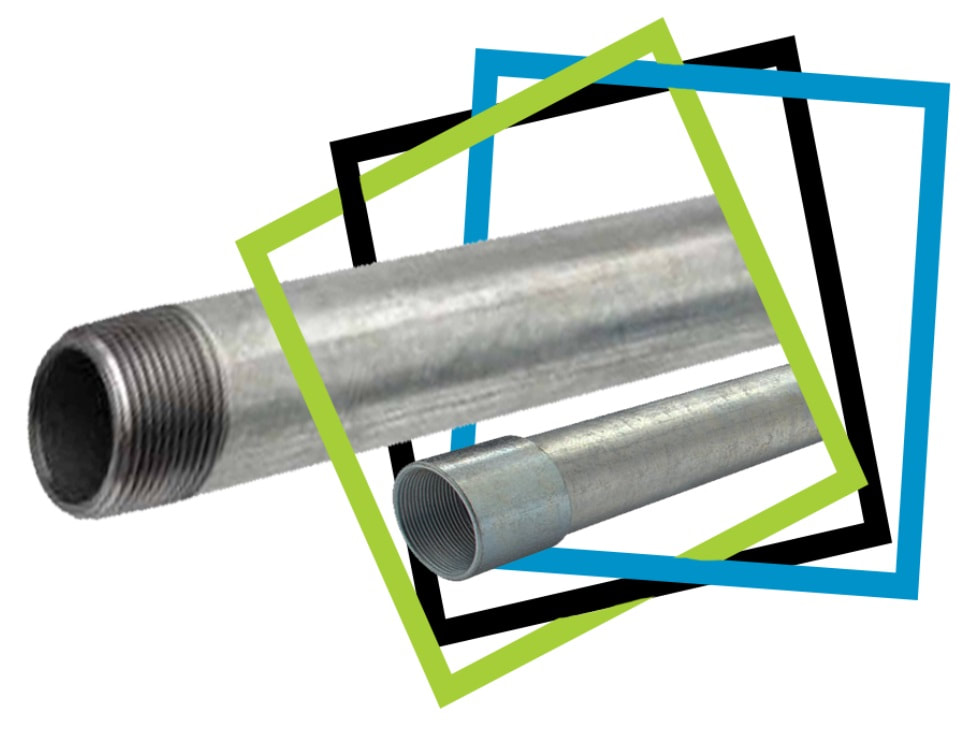GI Pipe Sizes And Water Flow Rate
For GI piping design, piping size plays an important role to determine the GI pipe lifespan, replacement cost, and maintenance cost.
Smaller GI Pipe SizesSmaller sizes such as 15mm gi pipe, 1 inch galvanized pipe, and gi pipe 40mm have a lower initial replacement cost. This is due to new smaller piping sizes being easier to replace as compared to bigger piping sizes which require harder work to replace big piping sizes.
The water flow through inside the smaller piping sizes will be corroded faster as compared to bigger piping sizes. This is due to the smaller piping sizes accommodating higher water pressure that creates higher friction inside the water piping surface. Thus, wear and tear phenomena for smaller piping can happen more often as compared to bigger piping sizes, which need more maintenance work for smaller piping sizes. |
Bigger GI Pipe SizesBigger sizes such as gi pipe 2 inch, 3 inch galvanized pipe, and 100mm gi pipe have a higher initial replacement cost. This is due to new bigger piping sizes being harder to replace as compared to smaller piping sizes which require easier work to replace small piping sizes.
The water flow through inside the bigger piping sizes will be corroded slower as compared to smaller piping sizes. This is due to the bigger piping sizes accommodating lower water pressure that creates lower friction inside the water piping surface. Thus, wear and tear phenomena for bigger piping can happen less often as compared to smaller piping sizes, which need less maintenance work for bigger piping sizes. |




